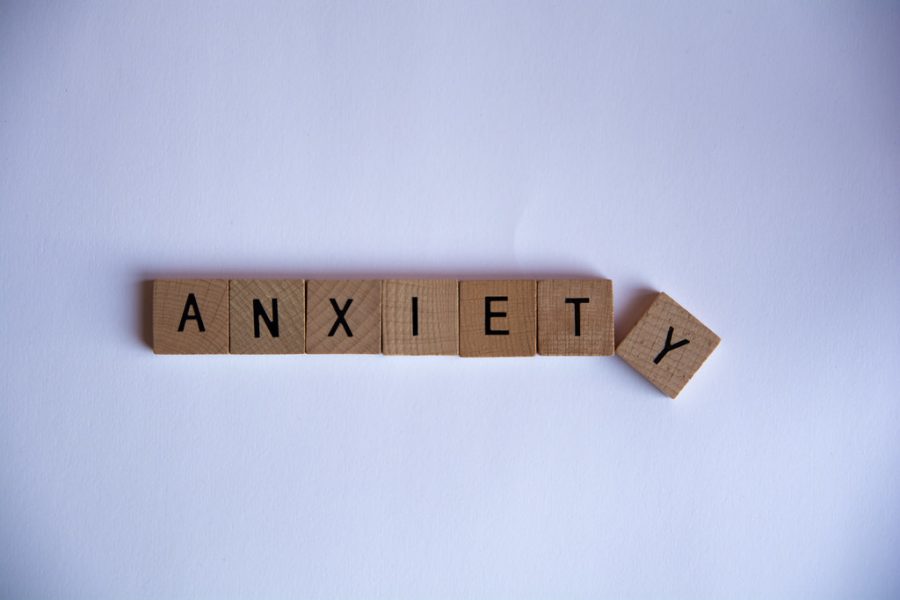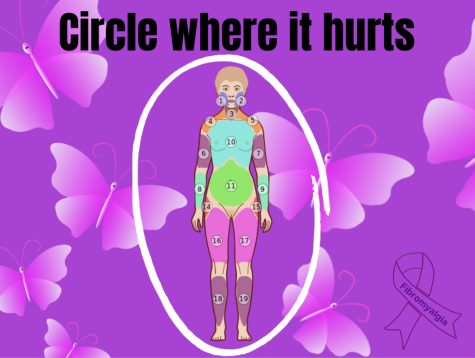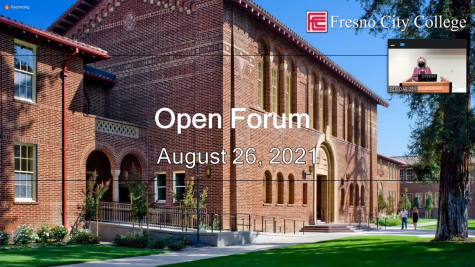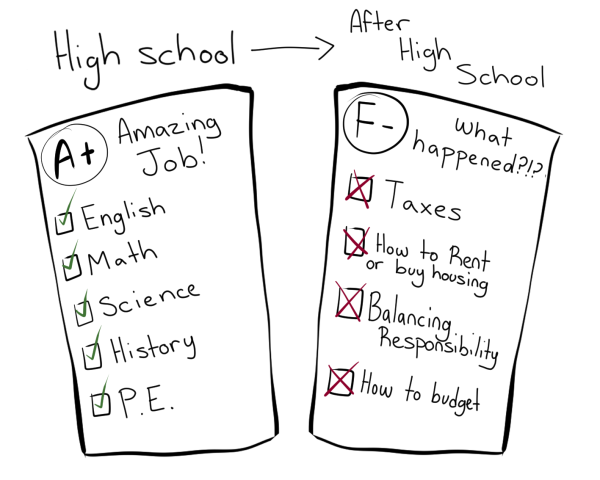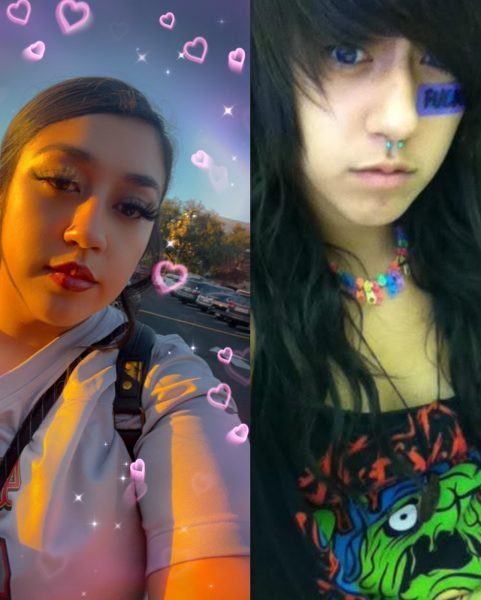Anxiety is Not Trendy
It’s getting harder for those who actually have a diagnosis of anxiety to be taken seriously.
“Being in front of so many people is giving me social anxiety,” is a sentence I’ve heard once too many times in a classroom. I’ve also seen the word “anxiety” printed on T-shirts or even on jewelry, which were not for awareness, but trend.
According to the Neurocore Center website, anxiety affects 18% of the population and is the most common mental disorder in the U.S.
In May 2018, my parents convinced me to go to therapy after I was involved in an incident, triggering the worst anxiety of my life. They were extremely concerned about the way I would visibly shake in front of them and the fear in my eyes.
In therapy, I was diagnosed with Generalized Anxiety Disorder (GAD) and shortly after diagnosed with Social Anxiety Disorder.
For the longest time, I thought the words “social anxiety” were just used and thrown around to describe avoiding social situations. I did not know that it was something that could be a real diagnosis until I was diagnosed.
Everyone experiences anxiety differently.
In my own experience, anxiety has been the biggest struggle in my life. Simple tasks such as going to class, shopping, attending family events or even picking up the phone to order take-out are all difficult for me.
Overthinking everything, including the smallest things is the worst part. My mind never rests, my body shakes and my regular pulse rate is over 100 bpm. Living with anxiety feels like a constant weight on my chest.
Coffee is my favorite drink, but I can’t have it without the caffeine triggering my anxiety.
I also experience episodes of depersonalization, one of the scariest symptoms. Everything can feel almost dreamlike and my body goes numb for hours.
I’m anxious with every step I take when I walk into my classes everyday, in hopes I won’t be the center of attention or be directly spoken to. I even pre-plan everything I say in my head, before I say it out loud.
At home, I will not leave my bedroom at any point if anyone visits which can come off as rude to some, but it is genuinely difficult for me to maintain a conversation.
These things might come off as irregular, but as a person living with an anxiety disorder, it’s my normal. Although it takes all my emotional effort, I still push myself to do these things in order to help me overcome my anxieties.
The truth is, it’s easy for people who don’t have first hand experience with anxiety to use these words without thinking twice, especially those on social media.
Sometimes people over exaggerate their stress and nervousness by claiming they have anxiety when they don’t really have a diagnosis. Of course, there is no way to tell if a person actually has it, but it’s the context they use the word that gives me an idea.
It’s not the same as being nervous about a test or a presentation. It’s beyond feeling nervous.
According to the ScienceDaily website, a recent study by the University of British Columbia found that people living with an anxiety or mood disorder shared the same abnormalities in the section of the brain involving emotional and cognitive control.
Just like we can’t control our emotions and thought process, we can’t control the way our anxiety affects us. Anxiety is not a mood or a trend. It’s not a choice.
For those who don’t have anxiety, try being more understanding and realize this is a real thing people have to go through everyday.
If you know someone who has anxiety, be patient with them as they process what they want to say. Chances are there’s a million things racing through their mind at once.
Anxiety is real and it should be taken more seriously than just another word.

